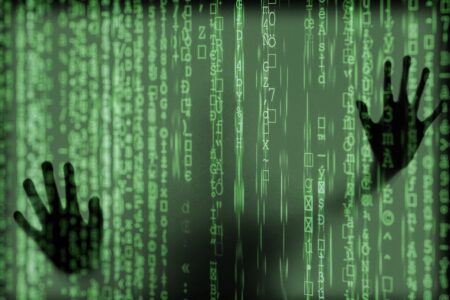Behind what we all know from television news and newspaper articles, there is a hidden, violent, and ruthless war. It is the cyberwar that is unfolding between Russia and Ukraine, but it involves the whole world.
Cyberwar 2023
Since the beginning of the Russian invasion of Ukraine, there has been talk of a parallel cyberwar.
According to an intelligence report published by Microsoft, Russia has intensified its cyber espionage operations since the beginning of 2023.
The report also states that Russia has launched many attacks against Ukraine, as well as numerous attacks against all European Union member states.
These include DDoS attacks, Wiper and Ransomware attacks, and countless disinformation campaigns.
At least 17 European countries are under attack
According to intelligence, at least 17 European countries have been targeted by Russian government hackers. The primary focus is on espionage and cyber espionage campaigns. Since the beginning of the war, as many as 74 countries have been spied on by Russia.

The cyberwar accounts for a very high percentage of malware attacks against the United States, the United Kingdom, and all countries that are part of the European Union and NATO.
“EU and NATO member states, especially those on the eastern flank, dominate the top 10 most targeted countries by the number of threat events recorded. However, Russian threat actors have conducted activities ranging from reconnaissance to data exfiltration from organizations worldwide, in Africa, Asia, Latin America, and the Middle East,” the Microsoft report states.
The most targeted sector has, of course, been the government sector. This is followed by the communications sector and NGOs.
Cyberwar: Just cyber espionage or acts of war?
Although most of the recorded operations fall under cyber espionage, the Microsoft report highlighted that Russian threats have expressed online willingness to use destructive tools beyond Ukraine.
The methodology used throughout this cyberwar has been the same since the beginning of the Russian invasion of Ukraine. It consists of three phases: disguising destructive attacks as ransomware; using pirated software, exploiting vulnerabilities, and supply chain attacks; and finally, using hacktivists for power projection.
The Vulkan Files
A few days after the publication of the Microsoft report, the so-called Vulkan Files were made public. These are documents related to the Russian company Vulkan, which appears to be the driving force behind the cyberwar and disinformation campaigns.
The Vulkan Files reveal that this hybrid war was initiated by the Russian government itself. This means that the war is fought simultaneously in the real world and the digital one.
An example from the Vulkan Files dates back to the day of the Russian invasion of Ukraine. On February 24, 2022, Russia invades Ukraine. At the same time, that very day, a massive number of cyberattacks were launched, aimed at paralyzing Ukrainian communications.
The Cyberwar and Vulkan Company
According to information revealed, the Vulkan company is playing a crucial role in this cyberwar.
The company works for the Russian intelligence services. The software developed by Vulkan is said to be capable of disabling control systems for rail, air, and maritime transport, interrupting power lines, and identifying infrastructure vulnerabilities.
While it is not yet clear whether Vulkan’s software is currently operational in Ukraine, experts consider them highly concerning. Moreover, they would violate the Geneva Conventions, and their use would have international repercussions.
According to experts, all of this is evidence of a concrete danger not only for Ukraine but for all of Europe and the world. Furthermore, this also proves how cyberwar and war in the real world are dangerously interconnected.
This post is also available in:

